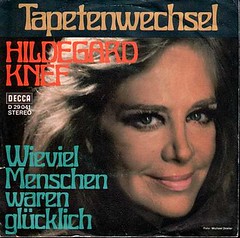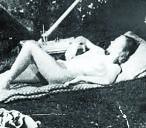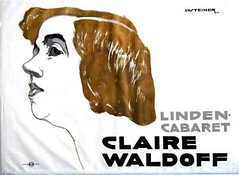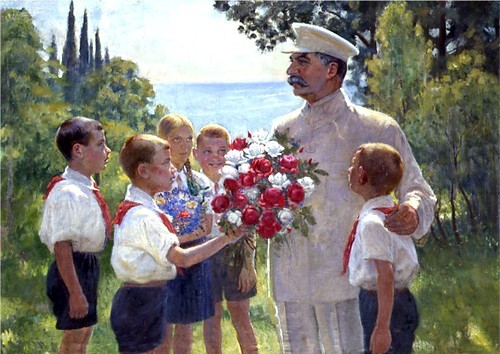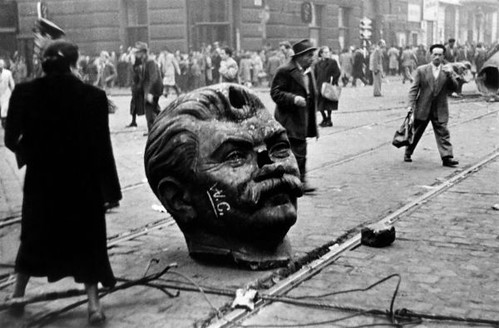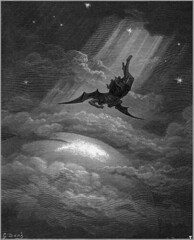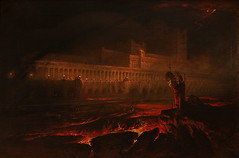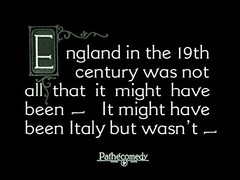Ten years ago today, on December 19, 1998, then U. S. President Bill Clinton is impeached because of alleged sexual relations with Monica Lewinsky, known at the time as the Lewinsky scandal.
The scandal was primarily interesting from a semantic point of view, it was a rare instance of a public discussion regarding the semantics of sex.
[Youtube=http://www.youtube.com/watch?v=KiIP_KDQmXs&]
“I did not have sexual relations with that woman“
From a personal point of view, I was tremendously insulted by Clinton saying of his relation with Lewinsky: “I did not have sexual relations with that woman“[1]. It’s the “that woman” that struck me as totally offensive to Lewinsky, only later in his sentence referring to Lewinsky by her name.
On the semantic side:
The nature of the Clinton’s statement was called into question within hours when skeptical reporters noted that the term “sexual relations” can be defined as meaning coitus, and asked whether the President and Lewinsky had been engaging in other forms of sex. The controversy deepened when Clinton was revealed, in fact, to have had sexual contact with Lewinsky, although the issue remained a semantic one as to whether the words “sexual relations” includes oral sex.
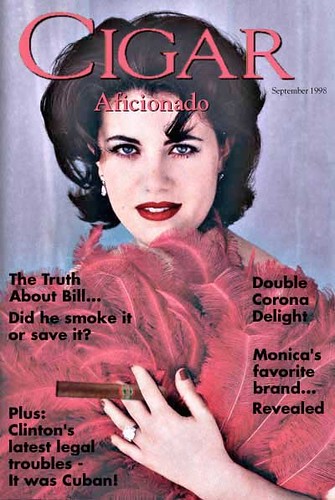
Clinton later admitted that he lied to the American people and that he had had inappropriate intimate contact with Lewinsky but only after a blue dress with Clinton’s semen stain had shown up as testimony, as well as testimony from Lewinsky that the President had inserted a cigar into her vagina.
After this admission, Clinton denied having committed perjury because, according to Clinton, the legal definition of oral sex was mutually exclusive of “sex” per se. In addition, relying upon the definition of “sexual relations” as proposed by the prosecution and agreed by the defense, Clinton claimed that because certain acts were performed on him, not by him, he did not engage in sexual relations.
On the ambiguity of sexual terminology, no one can top the bible which terms sexual relations as knowledge, see biblical literalism.

